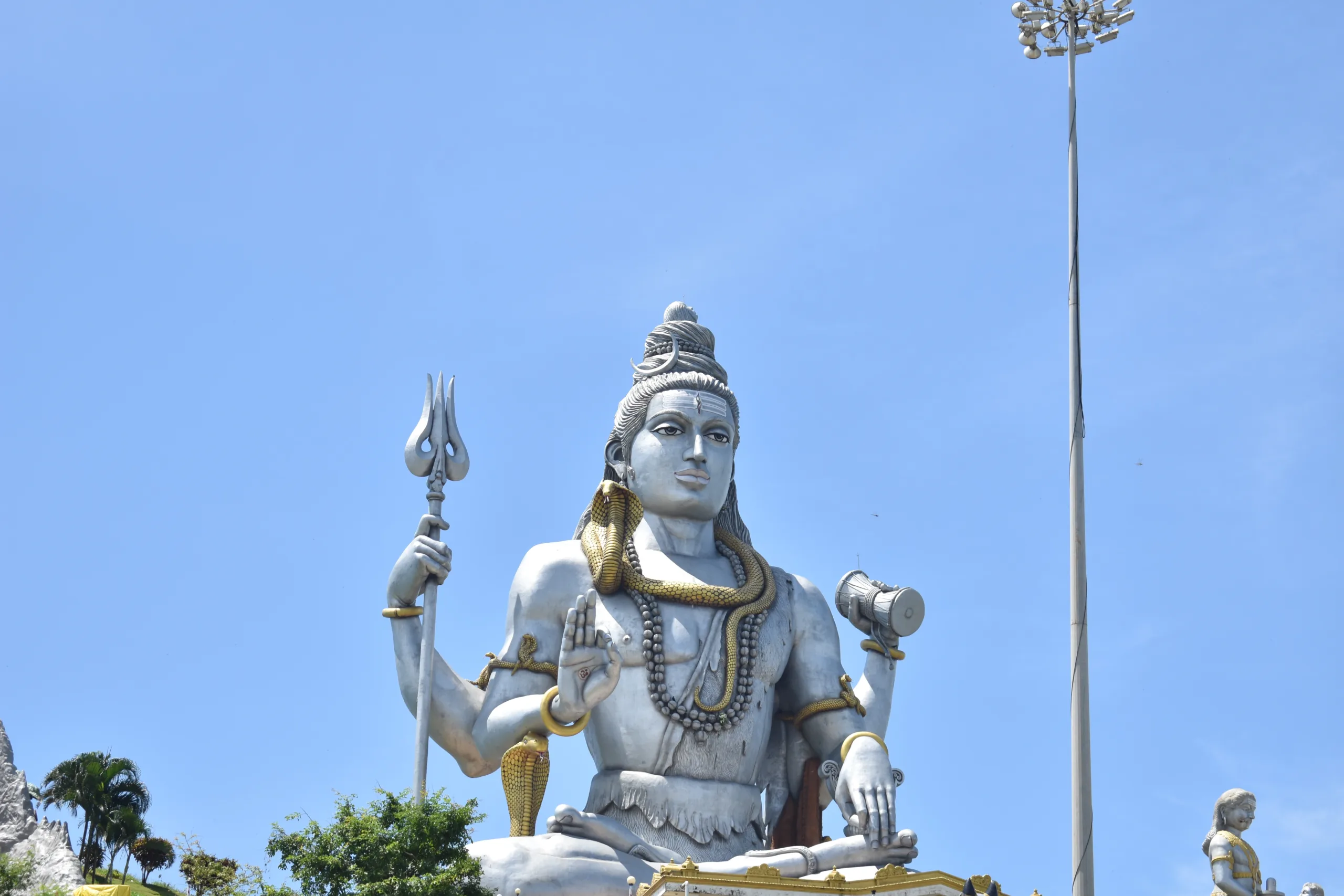Are you seeking a transformative spiritual practice that combines physical movement, meditation, and profound philosophy? Look no further than Shiva Yoga. Rooted in ancient wisdom and steeped in rich tradition, Shiva Yoga offers a path to self-realization and inner transformation. In this article, we will delve into the depths of Shiva Yoga, exploring its origin, philosophy, practices, and how you can incorporate it into your daily life.
The Origin and Philosophy
Shiva Yoga finds its roots in the sacred land of India, where the ancient sages and yogis discovered profound spiritual truths. Historically, It is associated with Lord Shiva, the embodiment of divine consciousness and the supreme yogi. Lord Shiva’s teachings and practices laid the foundation for this spiritual path.
The philosophy of Shiva Yoga revolves around the understanding that everything in the universe is interconnected and an expression of divine energy. It recognizes the inherent divinity within each individual and aims to awaken that divine spark through yogic practices. It’s emphasizes the unity of body, mind, and spirit, guiding practitioners towards self-realization and union with the ultimate reality.
To deepen your understanding of it’s philosophy, you can explore the rich resources available on Mindful.org and Greater Good Magazine.
Shiva Yoga Asanas (Poses)
At the heart of Shiva Yoga practice are the asanas, or poses. These physical postures not only enhance flexibility and strength but also promote a harmonious flow of energy within the body. Asanas encompass a wide range of poses, from gentle and meditative to dynamic and challenging. Some key asanas include:
- Natarajasana (Dancer’s Pose): Represents the cosmic dance of Lord Shiva, symbolizing grace and balance.
- Adho Mukha Svanasana (Downward-Facing Dog): Lengthens the spine, stretches the body, and cultivates grounding and stability.
- Shivasana (Corpse Pose): Facilitates deep relaxation and integration of the physical, mental, and energetic aspects of the self.
Practicing these asanas with awareness and reverence allows you to embody the qualities and teachings of Lord Shiva, fostering a sense of inner harmony and alignment.
Shiva Yoga Pranayama (Breathing Techniques)
Pranayama, the practice of breath control, holds a significant place in Shiva Yoga. By harnessing the power of breath, practitioners can cultivate a state of calmness and expand their life force energy. Various pranayama techniques are incorporated in, including:
- Nadi Shodhana (Alternate Nostril Breathing): Balances the energy channels and harmonizes the flow of prana.
- Kapalabhati (Skull-Shining Breath): Cleanses the respiratory system, invigorates the body, and clears the mind.
- Ujjayi Pranayama (Victorious Breath): Creates a gentle oceanic sound, deepens the breath, and promotes a focused and meditative state.
These pranayama techniques form an integral part of Shiva Yoga, helping practitioners purify their energy channels, enhance mental clarity, and establish a deeper connection with their inner self.
Meditation Practices
Meditation lies at the core of Shiva Yoga, offering a doorway to inner stillness and expanded consciousness. Through meditation, practitioners can awaken the dormant potential within and experience a profound sense of unity with the divine. It incorporates various meditation practices, including:
- Shiva Dhyan (Shiva Meditation): Focuses on cultivating devotion and deepening the connection with Lord Shiva.
- Trataka (Gazing Meditation): Involves steady gazing at a specific point or object to develop concentration and clarity of mind.
- Japa (Mantra Meditation): Repetition of sacred mantras, such as “Om Namah Shivaya,” to purify the mind and attune to higher vibrations.
By immersing yourself in these meditation practices, you can access deeper states of consciousness, dissolve mental limitations, and experience the profound peace and bliss that reside within.
To explore guided Shiva Yoga meditation practices, you can visit Insight Timer and Headspace.
Incorporating Shiva Yoga in Daily Life
While the practices of these tehnique are often experienced on the mat, their true essence lies in their integration into daily life. By embracing the principles of these tehnique in your everyday activities, you can cultivate mindfulness, compassion, and a deeper connection with the divine. Here are some ways to incorporate Shiva Yoga in your daily life:
- Conscious Breathing: Practice mindful breathing throughout the day, bringing awareness to each inhale and exhale.
- Sacred Rituals: Create sacred rituals to honor the divine in your daily routine, such as lighting a candle or offering gratitude before meals.
- Self-Reflection: Set aside time for self-reflection, introspection, and journaling to deepen your understanding of yourself and your spiritual journey.
- Service and Compassion: Engage in acts of kindness, service, and compassion towards others, recognizing the divinity in all beings.
By infusing these practices into your daily life, you can experience the transformative power of these technique
FAQs
- What is the significance of Shiva in Shiva Yoga? Lord Shiva represents the ultimate reality and the embodiment of divine consciousness. His qualities of stillness, transformation, and transcendence inspire practitioners on their spiritual path.
- Is Shiva Yoga suitable for beginners? Yes, it is suitable for practitioners of all levels, including beginners. It offers a comprehensive approach to yoga, encompassing asanas, pranayama, meditation, and philosophical teachings.
- Can anyone practice Shiva Yoga? Yes, anyone can practice, regardless of age, fitness level, or background. It is a universal path that welcomes all individuals seeking spiritual growth and self-realization.
- Are there any specific prerequisites for practicing Shiva Yoga? There are no strict prerequisites for practicing these tehnique. However, it is recommended to approach the practice with an open mind, willingness to explore inner realms, and respect for the tradition.
Conclusion
Embarking on the path of Shiva Yoga offers an opportunity for profound spiritual growth, self-discovery, and inner transformation. By integrating the practices, philosophy, and principles of Shiva Yoga into your life, you can tap into your inner divinity and experience a deep sense of connection with the universe. So, take a step forward, embrace the teachings of Lord Shiva, and allow Shiva Yoga to guide you on your spiritual journey. More information about more techniques you can find on these adresse.
